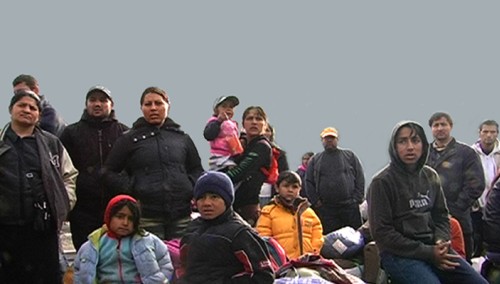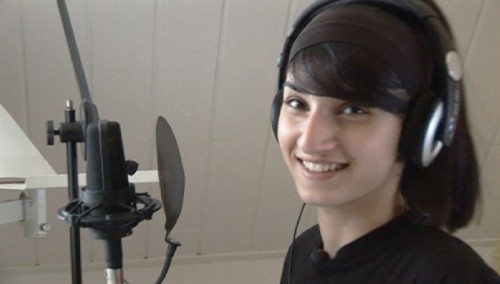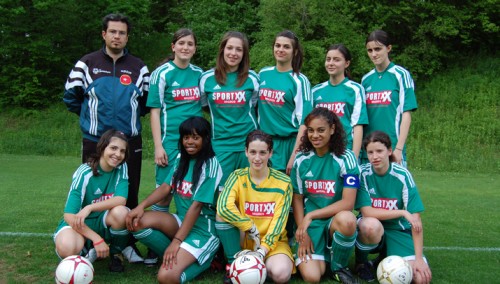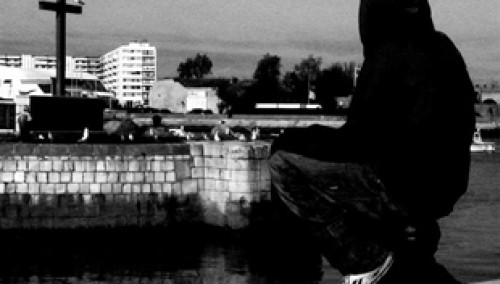Architecture and Society 2011
The image of the modern European city is marked by the spatial juxtaposition of most diverse cultures and religions of the world. Migration is part of the self-image of urbanity and is a defining factor of reality in our cities. The European city is a product of the industrialization of the 19th century and would not even be thinkable as a system without influx from the outside. Migration is movement – the motor, the driving force of urban development. If we look at urban realities in contemporary Europe, we see that people with a migration background are not only pushed to the margins socially, but they also have to content themselveswith spatially peripheral positions within an urban environment – exclusion, segregation and ghettoization inevitably become terms in the jargon of urban research.
Now for the second time, the afo Architecture Forum Upper Austria, in cooperation with Crossing Europe, presents a film program this year that explores the theme of City–Migration– Identity at various levels, taking a close look at the living conditions of migrants in Europe: four films – four European cities – four stories.
Since their earliest child, the siblings Lial, Hassan and Maradona have lived in the district of Neukölln in Berlin – but their family has no secure residence status and is permanently in danger of being deported to Lebanon.
Dissociated from the realm of conventional clichés about migrants in problem neighborhoods, in Neukölln Unlimited the filmmakers Agostino Imondi and Dietmar Ratsch tell of the lives of three young people fighting for their family’s right to stay.
Young people with a migration background also play the main role in Bruno Moll’s Pizz a Bethlehem – the Swiss director accompanies nine young women from the suburbs of Bern through their everyday life, asking them about their lives and what it means to be a foreigner in the country where they have grown up. The starting point for this unadorned portrait is their football team that is a central aspect in the girls’ lives.
The narrative mode of Qu`ils Reposent en Révolte (des Figures de Guerre) by French filmmaker Sylvain George is fragmentary. He tells in vivid black and white images of the living conditions of refugees in the French harbor city of Calais. An army of young men live there in the underground, without papers, in constant fear of being discovered. George accompanies them with the camera over a period of three years, remaining respectfully in the background and yet very close to them.
Permanent fear of deportation also overshadows the lives of the countless Roma families who are portrayed gently, without prejudice, by the French-based Portuguese filmmaker José Vieira in his film Le Bateau en Carton.
These are people without a home, who have fled from poverty and discrimination in their country of origin, Romania, and have now landed in improvised shanties along the motorway around Paris. But they are not welcome there either.




